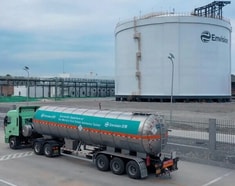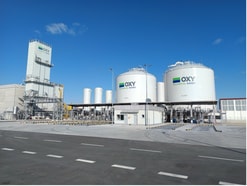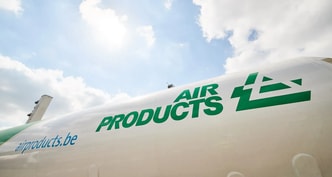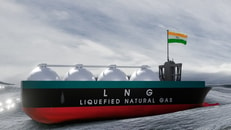India takes first steps into CCS
India Energy Week 2025 has heard plenty on LNG and fossil fuel development, alongside upbeat forecasts for green hydrogen as the country looks to transform itself into a major clean tech hub for the energy transition.
What has been more muted is carbon capture and storage (CCS), indicative of its immaturity. But there is no doubt it will be pivotal if India is to reach its 2070 Net Zero target.
Given the projected growth in industry and transport across the country, CO2 emissions are one enormous ‘elephant in the room’ for Indian policymakers as it continues to advocate green technologies – making CCS even more pivotal to future energy strategies.
The prize is large. CCUS capacity could total as much as 750 million metric tonnes per year by 2050, but conceptually as much as economically, that looks a long way off.
... to continue reading you must be subscribed
























